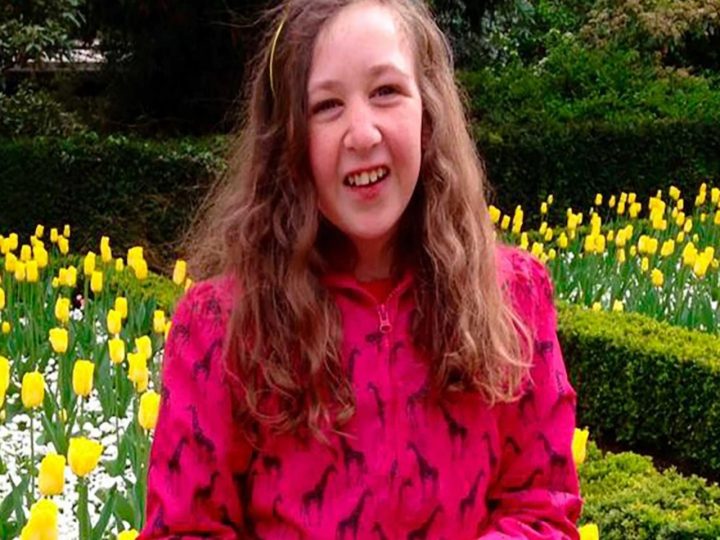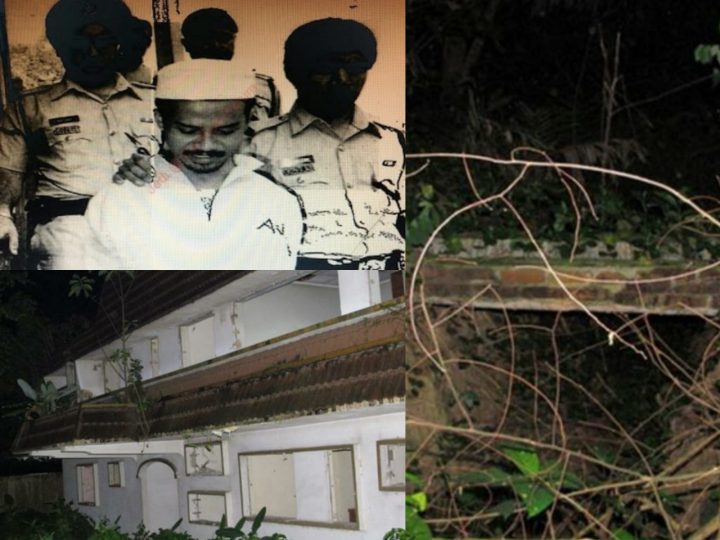The Unsolved 1999 Murder Case Of Audrey Bathinathan: Abducted, Raped & Dumped Near A TNB Substation
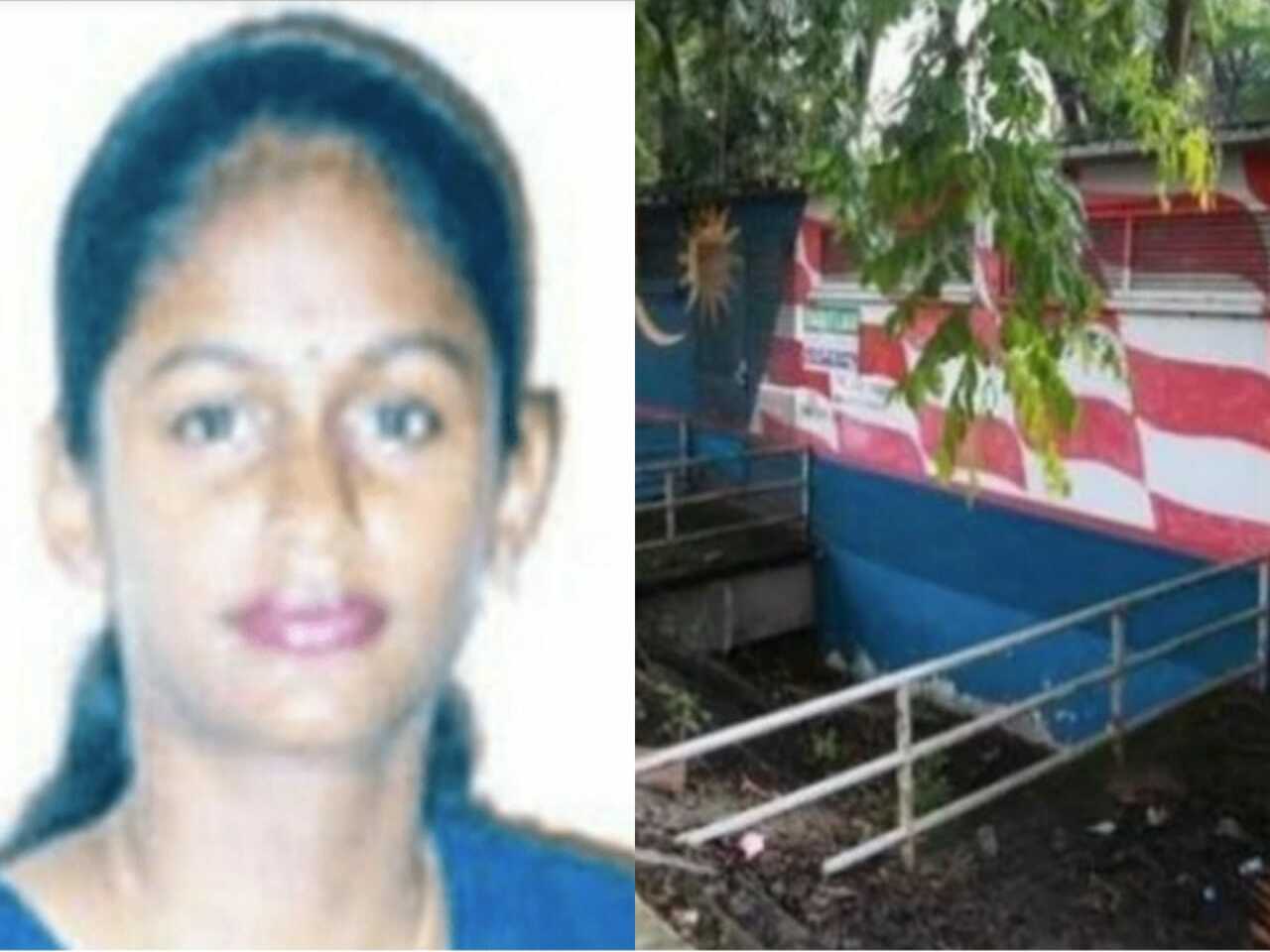 Thirsty for JUICE content? Quench your cravings on our Instagram, TikTok and WhatsApp
Thirsty for JUICE content? Quench your cravings on our Instagram, TikTok and WhatsApp
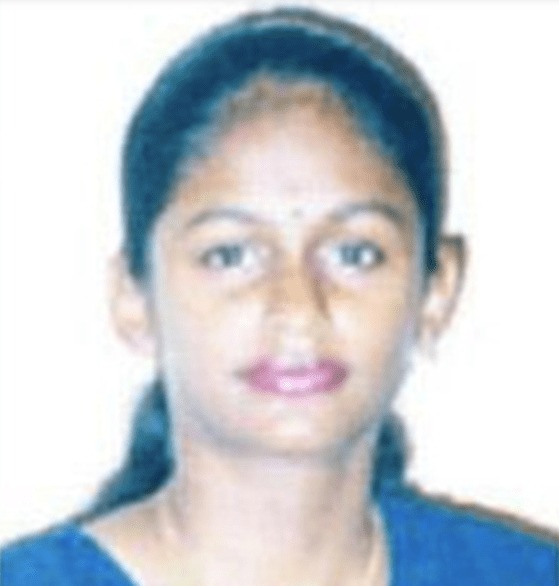
A slew of murder cases involving young girls have taken place across the years, many of which tragically unsolved.
In this piece, JUICE pays remembrance to Audrey Melissa Bathinathan, who was abducted, assaulted and killed in a heartbreaking 1999 murder case as she was making her way to the Methodist Girls’ School located at Jalan Cenderasari in the city in the early hours of the morning.
At the time, Audrey was a 17-year-old student at the Methodist Girls’ School in Kuala Lumpur, and the sole child of Margaret Francis, a graphic artist. They both resided in Taman Industri Maju Jaya, Puchong, Selangor.
Audrey had to go back and forth to school from Puchong to Kuala Lumpur by bus. Margaret had contemplated switching schools to ease her commute but seeing as there were only a few months left of the school semester, she decided against it.
She would phone Audrey every afternoon to make sure she arrived home safely. Audrey used the underground tunnel from Dayabumi to the National Mosque to journey to school each day.
The case took place on May 17 1999, when Audrey left for school at around 5.30 a.m., initially walking with a friend before splitting up and going on a separate route. Her mother had already left for work at the time.
Audrey was seen crossing the street and walking along the British Council sidewalk and through the road to Bukit Aman. She walked through the underground tunnel, which is rarely used by school students as drug addicts and squatters often use the location to conduct “immoral activities”.
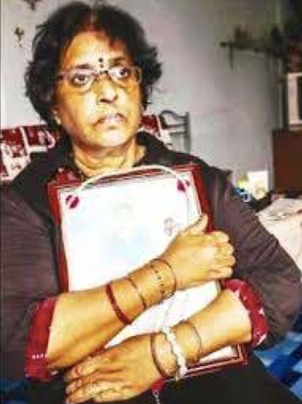
When noon came, Margaret felt puzzled and agitated because her daughter did not pick up the phone. The anxious sensation heightened when she found Audrey was not at home when she returned from work. Margaret called her siblings who lived around Kuala Lumpur to inform them about Audrey’s disappearance and they started a search mission.
They also called some of Audrey’s friends and all of them confirmed that Audrey did not make it to school that day. Margaret then filed a report at the Puchong Police Station.
The next day, Margaret received a phone call from the principal of Audrey’s school who informed her that her daughter’s corpse, still clad in school uniform, was discovered the following day on Jalan Kinabalu, adjacent to a Tenaga Nasional substation.

Her school bag and shoes were missing, and her body was also covered in mud and dirt. The underwear she was wearing had been pulled down to her ankles.
The forensic report discovered a wound on Audrey’s head, believed to be the result of being hit with a stone. The tests found that she had been raped, and then strangled to death before her body was dumped at the substation.
According to Pathology Consultant, Hospital Kuala Lumpur (HKL), Forensic Unit, Dr Zahari Noor, Audrey is believed to have died between 4.30am and 7.00am on 18 May 1999 due to lack of oxygen caused by strangulation. He added that there were two possibilities for the cause of death.
First, she may have been unconscious or passed out for 20 hours before being strangled by her attacker, or her attacker hid Audrey alive and conscious for 20 hours, before ultimately strangling her.
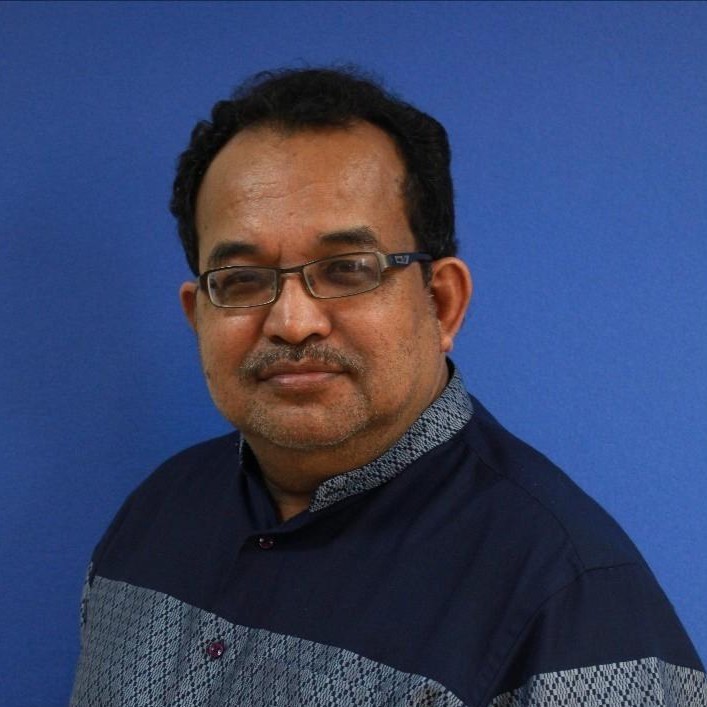
Dr Zahari added that scratches and bruises were found on Audrey’s body which showed that she had tried to fight off her attacker, while there was a tear in her hymen indicating that Audrey had never had sex prior to the incident. It was also used as proof that the victim was not a social person.
The police quickly detained two local drug addicts, but later released them due to a lack of evidence linking them to the crime. There were no further arrests.
The first suspect was Karupiah Ponniah who was charged with molesting a student in the same area on May 11, 1999. However, the police could not link Karupiah to Audrey’s murder because the traces of semen on the her body did not match his DNA profile.
Police then distributed a photo of the second suspect, a man named Chris, a drug addict in his 30s. Chris was believed to frequent the area; however, police efforts to arrest Chris were unsuccessful although a businessman had offered a reward of RM20,000 for anyone who could provide information about him.

On 15 December 1999, Margaret Francis filed a claim for damages on the grounds of negligence against the principal of Audrey’s school and the Malaysian Government. In addition to that, Margaret requested compensation for general damages, aggravated damages and exemplary damages.
According to Margaret, the claim was not made in the name of money, but for the want of justice for her daughter. The claim is believed to have been settled out of court.
Years on, the case has seen minimal developments. In 2006, Margaret asked the police to reopen the investigation papers regarding her daughter’s case. Margaret’s complaint also caught the attention of the Director of the Federal Criminal Investigation Department, Datuk Fauzi Shaari at the time.
Fauzi said he did not want to give up hope and promised to re-examine the case. He added that he did not rule out the possibility that there were students who witnessed the incident but were afraid to come forward, or that there were witnesses who did not want to be involved. He explained further that the case was never closed and they are still looking for new leads.

During the investigation of the case, a total of 41 men were arrested and called to assist in the investigation.
In 2007, Margaret suffered a stroke. She is also believed to be unemployed and receives a monthly income from Socso and the Social Welfare Department. She also reportedly sold her old house to cover medical expenses.
Meanwhile, the underground tunnel walkway was restored and was reopened to the public in June 2016.
Fz.com reports that they had revisited the area to assess any changes made in the wake of the unfortunate event and noted that it was “distressing to see that the underpass’s state was wholly unacceptable. The equipment in the tunnel, such as the lights and glass windows, were foul-smelling.”

Users complained about the condition of the underpass when approached, claiming that the authorities ought to make the pathway safer. However, because it provides a shortcut between the National Mosque and Central Market, they are compelled to use the underpass.
The second option was to cross over Jalan Kinabalu, a busy thoroughfare, but this alternative is not practical, as one of them claimed, “Cars are moving at a rapid speed and it’s hard to cross.”
Users pleaded with the government to maintain the underpass as required and not dismiss it.
Mohd Fauzi Mohd Ali, a security guard, stated that throughout the previous year, he had never observed any pupils using the underpass to commute to their schools. Older professionals use the tunnel the most, according to Mohd Fauzi, who works in a private car park at the opposite end of the underpass.
He also claimed to have learned that the tunnel would be rebuilt as part of a nearby new development project by Kuala Lumpur City Hall.


 Get Audio+
Get Audio+ Hot FM
Hot FM Kool 101
Kool 101 Eight FM
Eight FM Fly FM
Fly FM Molek FM
Molek FM